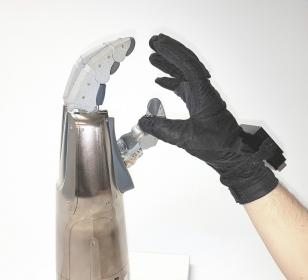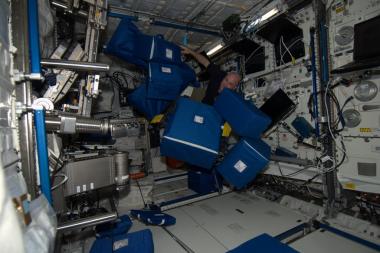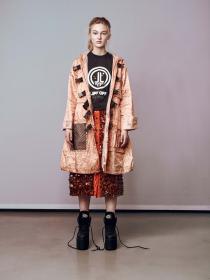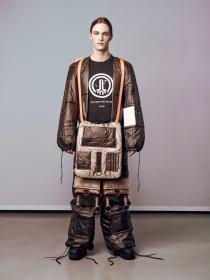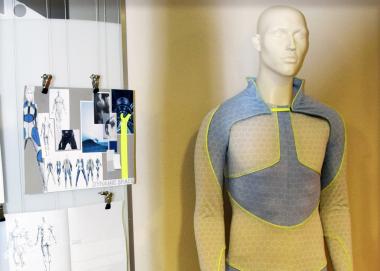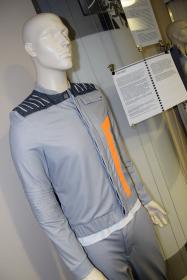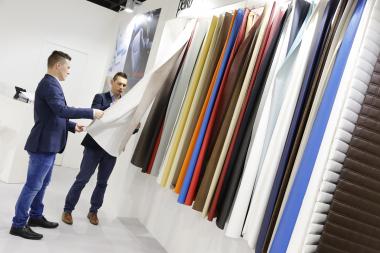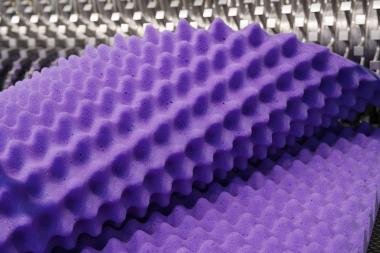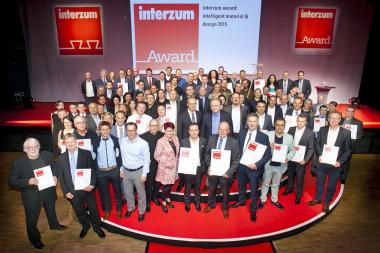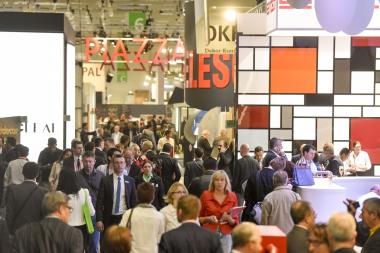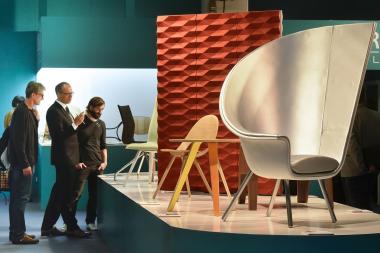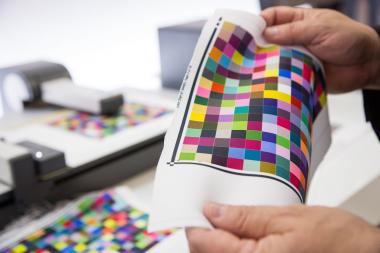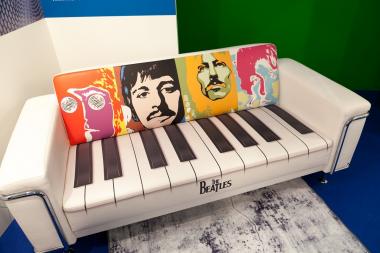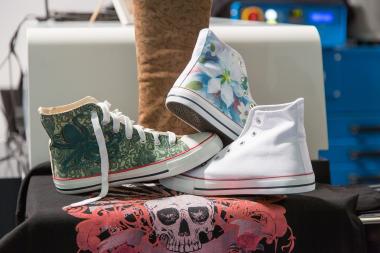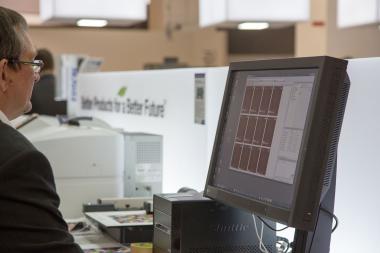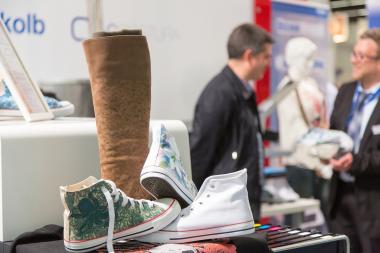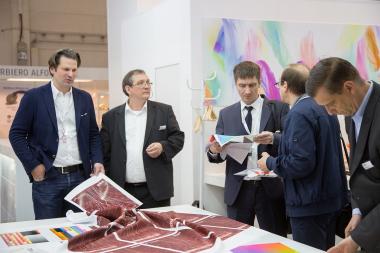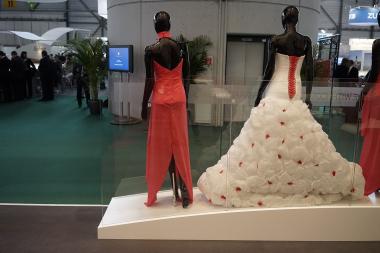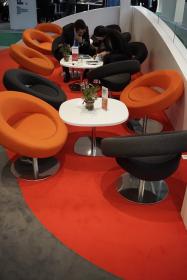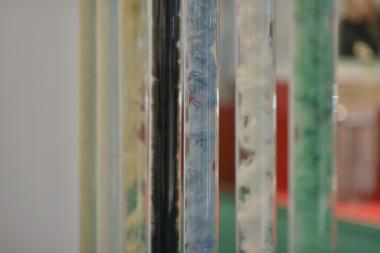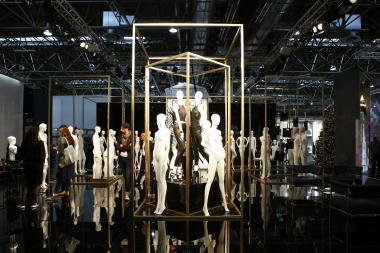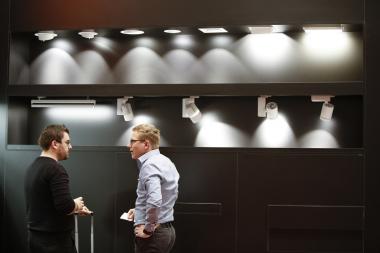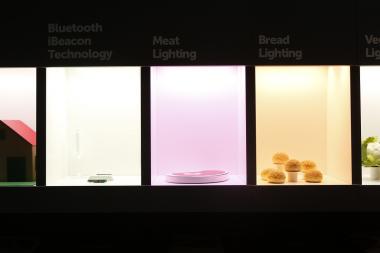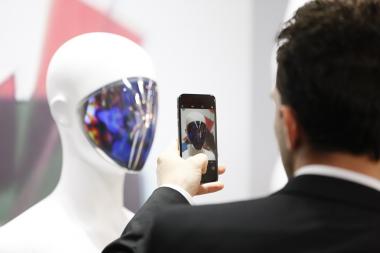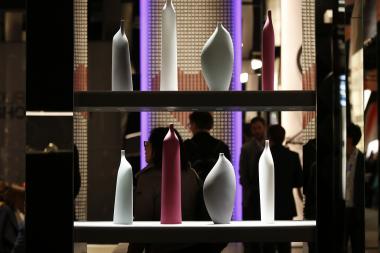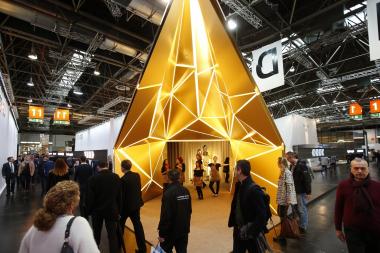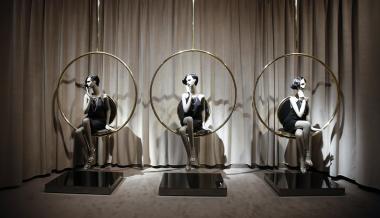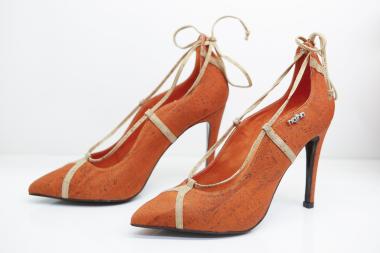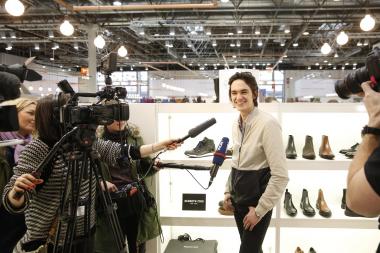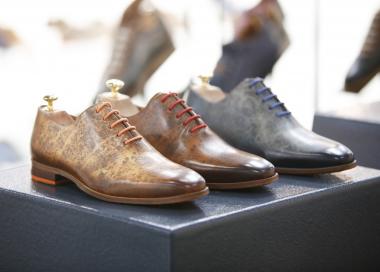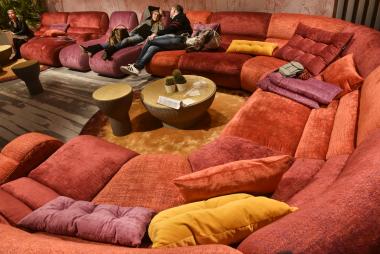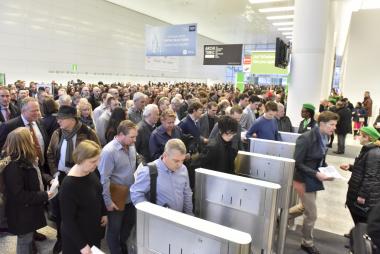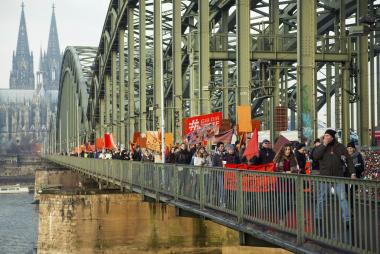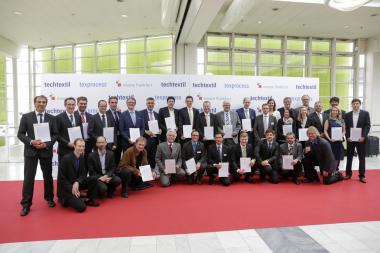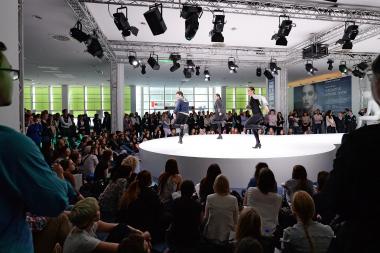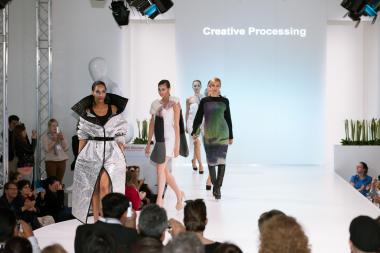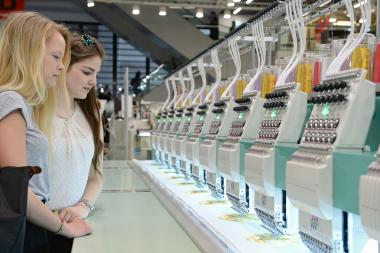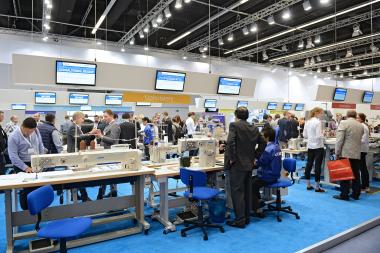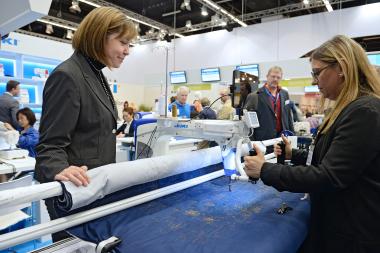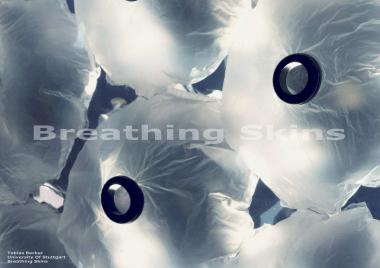UZBEKISTAN'S TEXTILE INDUSTRY IS LAUNCHING NEW EXPANSION INITIATIVE
- Projects planned for USD 2.3 billion by 2020
- Doubling of exports of finished products strived
Tashkent (GTAI) - The textiles and clothing industry of Uzbekistan remains one of the most important investment and cooperation sectors for foreign companies. A new expansion program for the period 2017 to 2020 provides for the implementation of 140 projects. The expected inflow of capital to the industry in a value of up to USD 2.3 billion is planned to account for about half of the foreign investment.
The textile and clothing industry should be expanded more than ever into an important export part of the central Asian republic. The specific activities for the targeted doubling of exports by 2020 versus 2016 are listed in the presidential regulation "On the program of measures for the further development of the textile, clothing and tricot industry 2017 to 2020" of December 21st 2016.
Full domestic processing of cotton fibers strived
With an annual output of 3.4 million tons of raw cotton and 1.1 million tons of cotton fibers, Uzbekistan is one of the world's six largest cotton producers. The production of 25,800 tons of cocoons is also considerable high (an average figure for 2012 to 2015). In the first half of 2016 55% of the produced cotton fibers were further locally processed. According to the program this rate should rise to 100% by 2020. It is also planned to reduce the amount of cotton yarn in textile exports in favor of more refined cotton products. Yarn now stands for 53% of the value of exported finished textile products.
The plan is to expand the production of finished textile products until 2020 by 120%, including 170% of yarn, 200% of finished tricot fabrics, 240% of finished yarn and clothing and 270% of hosiery. The share of finished goods in the textile and clothing industry is expected to increase from 47.0 to 65.5% and in export from 42.0 to 70.0%. The program also includes measures to adapt the Uzbek sector norms and standards to the common international standard rules.
Supply and cooperation opportunities for 140 individually planned projects
Up to USD 2.3 billion shall be invested in 140 expansion and renewal projects by 2020, including complexes with a full value chain. Commercial banks or their investment companies which are providing loans for the co-financing of the projects may, depending on the project, acquire up to 100% of the capital stock of the new or modernized enterprises.
The main contact partner for the projects is the public shareholder company O'zbekyengilsanoat. It owns 380 textile, clothing and tricot companies, as well as some silk processors, among of them many joint ventures. The company is comparable to a branch of the Ministry of Industry. It stands for a large part of the output and export of the Uzbek textile and clothing industry (estimation for 2016: about USD 1 billion).
Its tasks include the coordination and participation in investment projects. For example, all projects involving O'zbekyengilsanoat companies are subject to a technical review by the scientific and technical advice of the shareholder company. Import contracts for the needs of the projects are also subject to a review.
Wide preferences for investors
Projects are flanked by several stimuli up to 1st January 2020. The state grants tariff preferences for the import of equipment, complements and spare parts, an exemption from the profit and wealth tax as well as from the duty to the central road fund. Export-oriented manufacturers of finished cotton-, blended- and silk-fabrics-, finished clothing and tricots, head coverings, stockings and textile gallantry goods will be freed from the mandatory exchange of the foreign exchange in Uzbekistan Sum. Imports of raw materials, auxiliaries and materials can be promoted with customs clearance extension of up to 60 days.
The new central foreign trade company Ustextilexport has been founded to act as a service provider for the needs of all country-based industry players, including small businesses. This applies both to the exploitation of foreign markets, the supply of already established trading houses for textiles and clothing abroad with Uzbek products as well as to the participation in the procurement of technologies and materials for the domestic textile and clothing industry.
The current goals for the expansion of the textile and clothing industry are all rather too ambitious. Medium-term industry programs have already been launched in previous years. Despite some reached progress, the results have been rather sparse. The output and the effectiveness of the production remained far behind the targets. Already in 2012, 407,000 tons of cotton yarn, 350 million square meters of cotton fabrics and 273 million pieces of clothing should have been produced. The for 2012 targeted exports of USD 1.5 billion were also missed in 2016 (a good USD 1.0 billion).
The reasons for this are complex. Too little has been invested so far in the modernization of the existing enterprises. The companies complain about bottlenecks in the provisioning of working capital, in the supply of energy and, above all, in the exchange of foreign exchange for the procurement of imports (spare parts, auxiliary materials, etc.). Another obstacle is the over-regulation of import and export transactions.
Nevertheless, the industry remains a profitable business field for foreign companies. In addition, the signs are good for improving the business environment in the country. After the new President Shawkat Mirsijojew took office in December 2016, a positive mood goes through the country. First regulations for more entrepreneurial freedoms have already been adopted. A whole bunch of further measures is in sight.
| Refenrence number | 2011 | 2012 | 2013 | 2014 | 2015 |
|---|---|---|---|---|---|
| Total output (in EUR mio) 2) | 2,408.3 | 2,506.0 | 2,793.4 | 3,538.0 | 5,133.7 |
| Share of industrial production as a whole (in %) | 13.4 | 12.9 | 11.9 | 15.4 | 15.7 |
| Real share versus last year on the basis of Usbekistan-SUM (in %) | 4.0 | 12.9 | 11.9 | 15.4 | 15.7 |
| Gross fixed capital formation (in EUR mio) | 272.2 | 255.8 | 255.7 | 304.4 | 248.6 |
| Degree of wear of the base fond (as of Dec 31st (in %) |
28.0 | 31,1 | 30.6 | 32.6 | 21.2 |
| Number of employees (in 1,000 persons) | 143.4 | 142.0 | 145.9 | 140.4 | 140.0 |
| Textile industry | 113.2 | 111.1 | 113.1 | 106.2 | 105.0 |
| Clothing industry | 24.1 | 24.6 | 26.0 | 28.5 | 29.0 |
| Production of selected textiles and clothing products | |||||
| Cotton yarn (in 1,000 t) | 171.8 | 199.3 | 238.9 | 277.2 | 326.1 |
| Raw silk yarn (in t) | 1,465.8 | 1,119.1 | 1,875.9 | 854.3 | 1,349.8 |
| Fabrics (in Mio. sqm) | 187.3 | 204.9 | 257.1 | 236.8 | 227.1 |
| Cotton fabrics | 130.0 | 138.9 | 167,2 | 169.4 | 157.8 |
| Silk fabrics | 3.3 | 2.9 | 1.5 | 1.4 | 1.7 |
| Woolen fabrics | 0.2 | 0.2 | 0.04 | 0.04 | 0.3 |
| .other fabrics | 53.8 | 62.9 | 88.4 | 66.0 | 67.6 |
| Knitted fabrics (1,000 t) | 20.8 | 26.2 | 36.0 | 32.8 | 41.2 |
| Tricot products (in pieces mio) | 112.3 | 132.6 | 135.0 | 131.3 | 161.6 |
| Hosiery (in pairs mio) | 24.1 | 34.4 | 34.3 | 31.2 | 31.8 |
| Clothing (in EUR Mio.) | 83.4 | 93.6 | 115.0 | 292.7 | 559.0 |
1) In addition to the textile and clothing industry, the light industry comprises the sectors of cotton ginning and production of leather goods / shoes;
2) About two-thirds of the output is attributable to the textile and clothing sector;
3) Investments in the sectors cotton ginning, carpets and leather / leather products are less than 10% of the annually in the light industry invested capital.
Source: State Statistics Committee, Tashkent
Contacts
GAK O´zbekyengilsanoat (Staatliche Aktionärsgesellschaft O´zbekyengilsanoat)
ul. Bobura 45, 100100 Taschkent/Republik Usbekistan
Contact personIlchom Haydarov, Vorsitzender der GAK O´zbekengilsanoat; Schochruch Rachimow, manager investment department
Tel.: 00998 71/239 17 11, -253 93 54, -239 17 11, -253 93 58 (administration for investment projects), Fax: -253 93 58, -56 04 (department fir investment)
E-Mail: info@engilsanoat.uz, info@legprom.uz, Internet: http://www.engilsanoat.uz, http://www.legprom.uz
Uwe Strohbach, Germany Trade & Invest www.gtai.de











